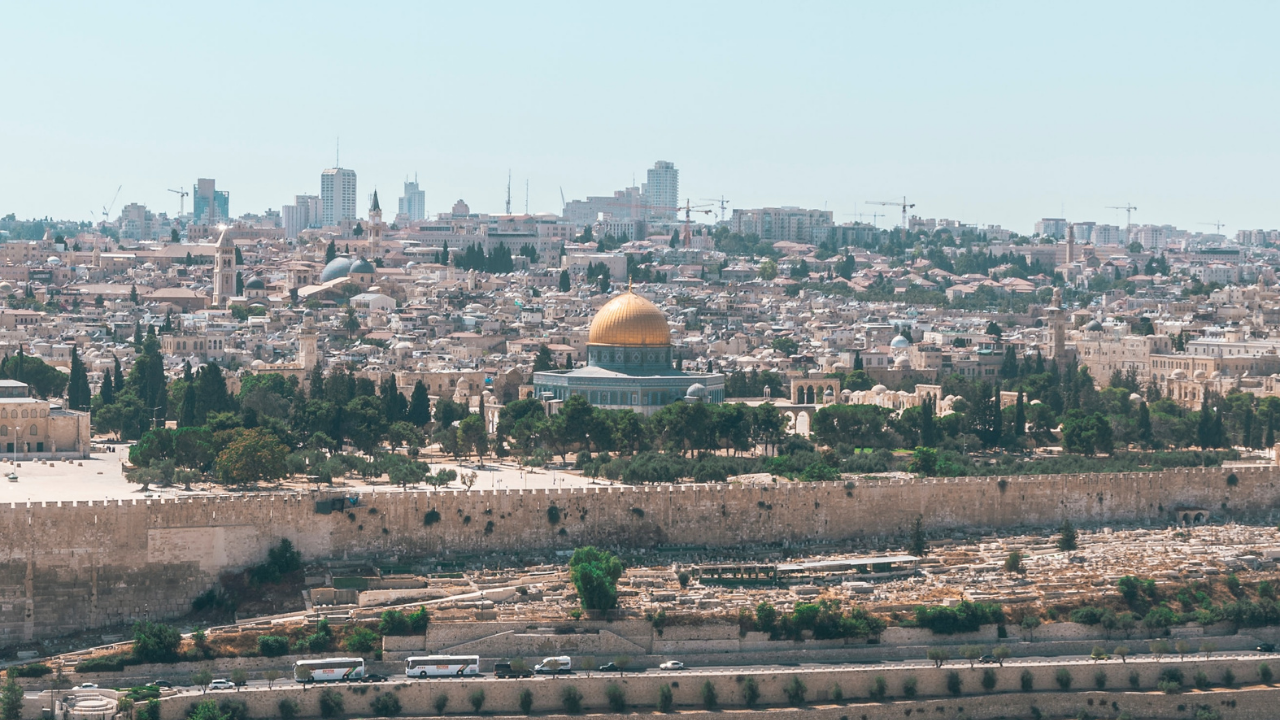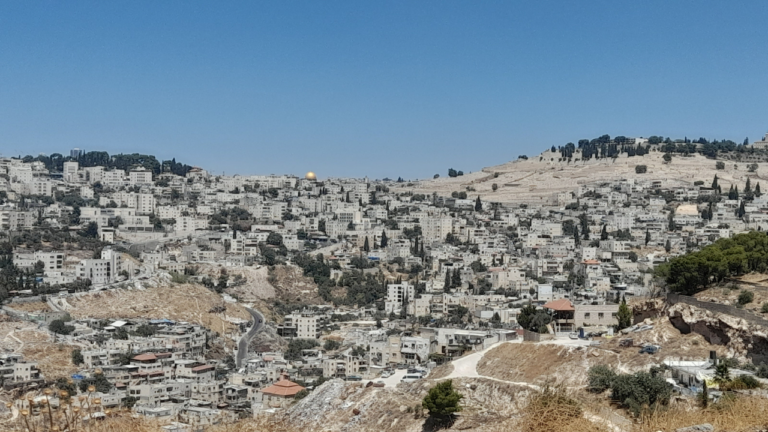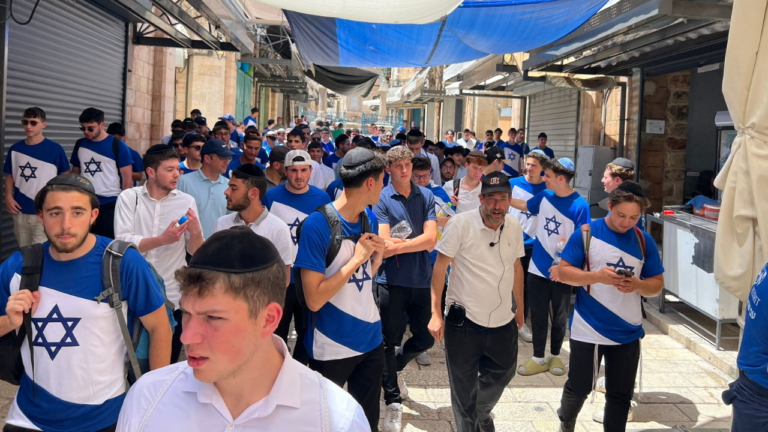A Non-Residential City
Our parsha tells the unfortunate story of the Ir HaNidachat. When an entire city repudiates God and the Torah and worships Avodah Zarah, the inhabitants must be killed and the city destroyed. A simple read of the relevant verses would indicate that any city in the Land of Israel could potentially deteriorate into this state. However, the Midrash and Talmud teach that there is an exception – Yerushalayaim can never attain the status of an Ir HaNidachat.
The Midrash, cited by Rashi, has a fascinating source for this exception. The opening verse of this section of the parsha is:
If you hear it said, of one of the towns that Hashem your God is giving you to dwell in that some scoundrels from among you have gone and subverted the inhabitants of their town…
On the words “to dwell in” the midrash comments: “this excludes Yerushalayim which is not designated as a place of residence (shelo nitnah le-veit dirah).”
This midrash is perplexing. What does it mean that YErushalayim is not a place of residence? Was it not a teeming metropolis that thousands of people called home?
One approach is suggested by the Netziv in his commentary to the Sifre. He writes:
Yerushalayim was not mainly designated for residence, but to be a center of the service of the Beit HaMikdash and as a place of hotels for many guests.
The central definition of Yerushalayim is a place of worship – the site of the Beit HaMikdash. Therefore, it cannot be categorized as a city that God has given us “to dwell in.”
To broaden this point: yes, people lived in Yerushalayim. There were certainly old men and women sitting in the streets of Yerushalayim and children playing in the streets. However, as opposed to an ordinary city, it was clear to all that this was not the main function of the city. Rather, Yerushalayim is primarily the home of God and a site of His worship. It is God who owns the city and by His leave all people – residents and guests alike – are able to stay there. A city whose main resident is God himself, certainly cannot become an Ir HaNidachat.
This interpretation of the Netziv reminds us of the proper perspective about Yerushalayim. When we travel there nowadays, we often experience a city that is in many ways similar to other cities around the world. There are throngs of people, shops, businesses, traffic, museums and religious sites. There is a danger to fall into the trap of focusing on these externals and thinking of Yerushalayim as fundamentally similar to other locations in the world.
This midrash, though, should be a reminder about the uniqueness of Yerushalayim. Fundamentally, the city is not a residential area for human beings. All that occurs in the city is due to the fact that God, the true resident of Yerushalayim, graciously allows us to partake of His city’s holiness.



